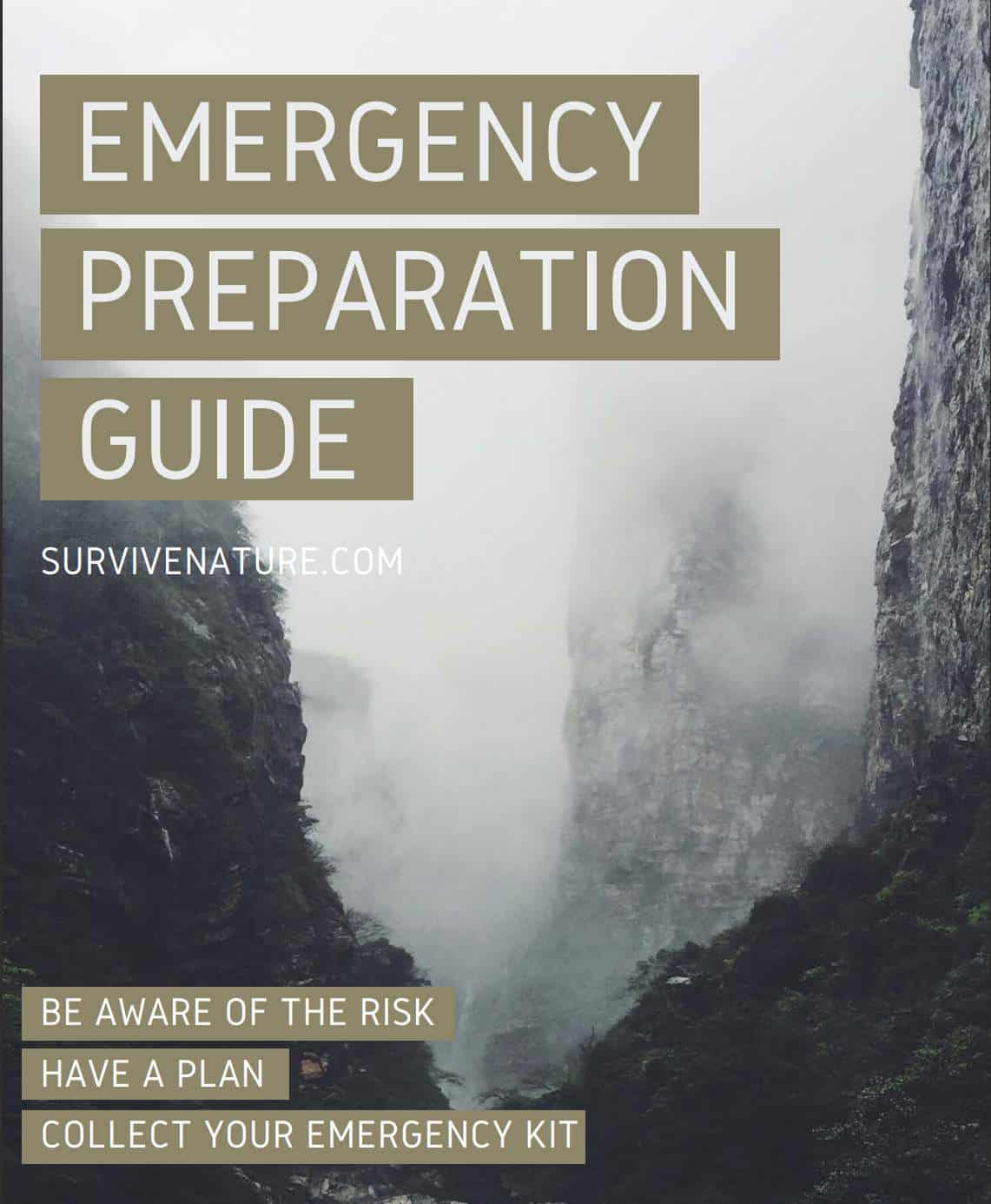Imagine that you are joyfully walking with your friends in a sunny desert as it has been your dream since childhood. They are constantly repeating “follow us” as if nothing can happen to you. Suddenly, your foot drops into something muddy and viscous, and then your body starts sinking rapidly, half of it in quicksand already. The more movements you make and force yourself to get rid of this mud, the more your body gets immersed in it. Your vacation is ruined, and no one knows how to help you in this case. What is a person to do? This article will explain everything about quicksand and give other relevant tips for a survival strategy.
Is there a Way Out?
People often think that they will drown from head to foot as soon as they are in quicksand, judging by what they see in the movies or on television. In fact, things are a little bit different. According to recent research carried out by prominent scientists and authors of scientific periodicals, you can drown in quicksand in no way. Quicksand is something that people float on because of the density of the human body. As Daniel Bonn says, you will only sink up to your waist because humans are less dense than quicksand. The only way to drown with your upper body in quicksand is to fall into it with your head first.
What is Quicksand
As proved by researchers, quicksand consists of clay, salt water, and fine sand. The difference between dry sand and quicksand is that the latter has larger spaces between particles. At first glance, it seems to be solid ground, while quiescent. In response to vibration or stress, it turns into a liquid state, which is why a body starts sinking.
Why is Quicksand Hard to Escape
In terms of science’s language, we can say that quicksand is a sort of non-Newtonian liquid. It means that quicksand can change its viscosity in response to stress. Abrupt movements worsen the situation because they make quicksand soupier so that a person descends to the bottom. However, this process stops halfway since quicksand’s density is two times as much as that of the human body.
Even things that have a higher density than quicksand can float on top of it. For example, a piece of aluminum, which is a little bit higher in density, can remain on the surface of quicksand. As the authors explain in their research, aluminum doesn’t drown because it is motionless. Should we set it into motion, it will start sinking immediately.
But why is it difficult to get out of quicksand? The answer is that after you’ve got stuck in quicksand and stopped moving, its viscosity increases thanks to sand sediment, which is like solid cement. Water is necessary to dilute this substance. The researchers estimate that to pull a centimeter of your leg straight out of quicksand during one second is the same as to lift a middle-sized automobile.
What to Do if You are Entrapped
We hope that this article will help anyone survive in the face of danger. Once you have got entrapped by a quicksand, stay cool, calm, and collected, and heed the recommendations from keen survivalists we have gathered in this article.
How to get your feet out?
1. Make Yourself Lighter
If you are carrying a backpack and other heavy objects with you, get rid of them immediately. You reduce your body’s weight in such a way, and therefore the chance that quicksand will suck you under. If you can take off your shoes, do it. Those with flat soles are extremely difficult to get out, so that you have no other option than to take them off. Of course, you will have to walk barefoot after you are out; however, you have survived, which is more important. If you know beforehand that you will be in a site full of quicksand, change your boots that you will be able to pull your feet out of easily. Be careful not to step on areas where water seeps up from below the sand, turning it into quicksand. Another mistake you should avoid is to ask someone to tug your arms because they are likely to hurt you rather than help.
2. Move Horizontally
If your legs get stuck in liquifying sand, try to take a horizontal position. You need to lean back, increasing your surface area, and removing the pressure your feet create. Try to reach the solid ground by rolling away. Though you will get dirty, this is the safest way to get free.
3. Don’t Panic
Make slow and calm movements: vibrations can make quicksand even more watery. Depending on how large the quicksand area is around you, it might take even hours to escape from it, so be patient.
What if You’re Stuck up to Your Waist?
1. Don’t Worry and Breathe deeply
This will help you increase your body’s buoyancy and float on the surface, no matter how deep quicksand is. Besides, this is the right time when you can use your meditation skills as well.
2. Wriggle Your Legs Around
It will make the water fill the space you create and loosen the sand. Then lean back and try to swim away, slowly extricating your legs. If there is an incoming tide, you can use your arms to add more water to make the sand less viscous. If you are at the edge of solid soil, you can sit on it and calmly pull one leg and then the other.
3. Use Your Walking Stick
The cane is a helpful tool that evenly spreads out your weight and doesn’t let you sink. Put it horizontally behind your back and try to move it to a new position till you reach solid sand. If you are lucky, someone will give you one of its ends and slowly pull you out of quicksand.
4. Take a Break
Since escaping from quicksand can be very tiresome, you need to work sensibly and be energy-conserving.
Why is Quicksand Still Dangerous for Humans
There are several reasons why quicksand can be a potential killer:
Predatory animals: Remember that you are not alone in the desert. Other creatures wouldn’t mind having you as a snack from the “desert menu.” Even if a crocodile didn’t notice you, it doesn’t mean you can sigh with relief, especially at night time when predators are active.
Drowning: Though it has been mentioned that you can sink in quicksand only waist-deep, there is still a chance that an incoming tide from the coastline or a drenching rain can lead to drowning,
Dehydration: Thirst is no less enemy than quicksand. You can lose your consciousness from dehydration and die afterward.
Crush syndrome: Quicksand is like a pressing machine that squeezes your body and shuts off your blood flow. Such compression irreparably harms your muscles and nerves, too. In 15 minutes, your body refuses to obey you, and you cannot struggle for your life.
Hypothermia: Wet sand is actually cold inside. When the sun goes down, you feel like you are in the fridge. Since you are unable to maintain your body temperature all the time, you may die with hypothermia.
Asphyxiation: Being engulfed in quicksand up to your chest, you cannot breathe freely. This is a critical condition that will have a bad end if you don’t get your upper body out of quicksand.
The Bottom Line
Quicksand seems to be a rare phenomenon in nature that happens only in deserts (mainly shown in the movies). However, the liquefied sand can also take place in riverbanks, marshes, jungle, coastlines. Quicksand can form either on sandy soil with water flowing upward (for example, a spring) or in standing water blended with sand. If a person is entrapped in quicksand, it’s not the time for panic behavior. Everyone has the ability to get out of this difficulty and save their life.
Quicksand is a dangerous place. Science considers it possible for quicksand engulf even vehicles and caravans, not to mention people. However, if you are forewarned, you are forearmed, and quicksand will be the least of your problems in a desert. Remember the tips we tried to give you in this article and be safe!


